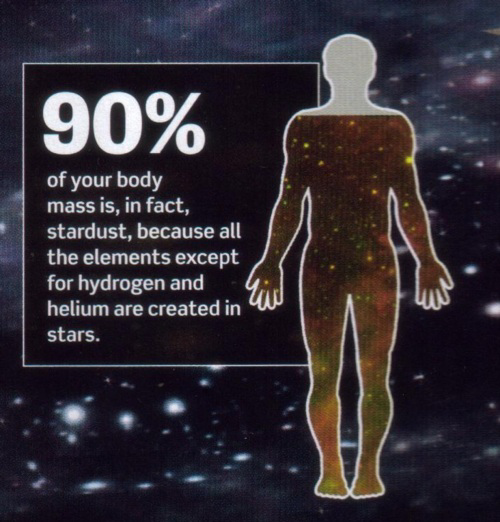Ife Art in Ancient Nigeria
Dating from the 12th to 15th centuries A,D.

The Wunmonije heads at the British Museum in 1948. Published in Drewal (H.J.) & Schildkrout (E.), Dynasty and Divinity: Ife Art in Ancient Nigeria, 2009: p. 4, fig. 2
Professor John Picton and metallurgist Paul Craddock discuss the meaning and the making of the sculptures in the exhibition Kingdom of Ife sculptures from West Africa.

A look at the Benin bronzes and an exquisite bronze head known as the Head of Ife.
In January 1938, two feet below the ground of the Wunmonije Compound in Ife, a cache of bronze heads was uncovered while a foundation for a house was being dug. It would become one of the most important chance finds in the history of African art. Unfortunately no photos of the excavations exist. Shown above are some of the heads unpacked at the British Museum, where the Ooni had sent them in 1948. It’s quite a remarkable scene to see such an important part of Nigeria’s art history placed arbitrary on that table.
The Wunmonije compound, then just behind the palace of the Ooni of Ife, formerly was located within the enclosing palace wall. While clearing away the topsoil the workmen had struck metal and further digging revealed a group of cast heads. Thirteen life-size heads and a half-lifesize half figure were unearthed. Soon after, the same site yielded additional finds of five more works: a life-size head, three smaller heads, and a torso. The identification and function of these heads remain uncertain. It remains a mystery why this cache was ever buried; possibly this hoard once formed part of a royal altar.

Most of the objects found in the Wunmonije Compound ended up in the National Museum of Ife, but a few pieces left Nigeria. One is now in the collections of the British Museum – the head far left on the above picture. It was purchased in Ife by Mr. Bates, then editor of the Nigerian Daily Times and was subsequently acquired by Sir (later Lord) Kenneth Clark, Director of the National Gallery, acting on behalf of the National Art Collections Fund, which donated it to the British Museum in 1939. Two heads that were purchased by William Bascom (a research student from Northwestern University, Illiniois, who was based in Ife at the time) in 1938 were later returned to Nigeria as a gift in 1950 – a story documented in an article by Simon Ottenberg (Further Light on W.R. Bascom and the Ife Bronzes, in Africa, Vol. 64, No. 4, 1994: pp. 561-568).
–brunoclaessens.com/2014/08/photo-of-the-day-the-wunmonije-heads
A look at the Benin bronzes and an exquisite bronze head known as the Head of Ife.
–historum.com/middle-eastern-african-history/87108-advanced-civilization-africa
The British Museum’s Kingdom of Ife exhibition collects West African art from the 12th – 15th centuries.

This one in particular below is so beautiful to me. I’m not sure if it’s bronze or terra cotta but I will soon find out. There are so many Ife heads.
Ife King and Queen

3rd quarter of the 20th century – Good condition
Beautiful heavy king and queen IFE bronze heads, the king wears the very distinctive crown and the queen a more simple headdress. IFE was formerly the royal and religious centre of the Yoruba people
These statues are of very good quality and created with the technique of lost wax casting and are therefore unique in their kind. Well detailed and sculpted with a beautiful patina. Due to the primitive process the two statues have a few flaws, see photos.
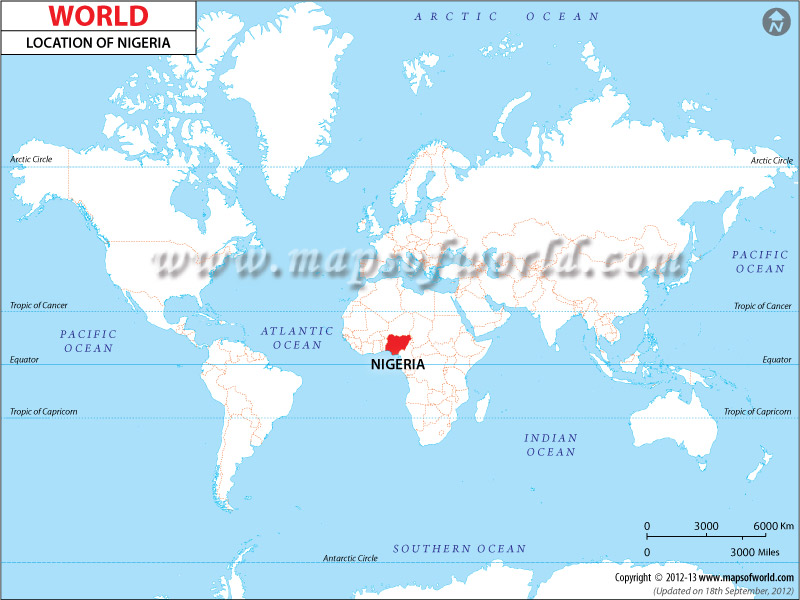
Official Language: English
Population: 174,507,539
Neighbour countries: Niger, Chad, Cameroon & Benin





























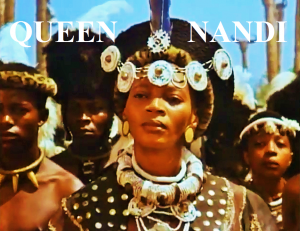


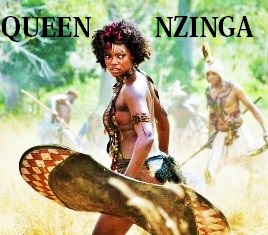




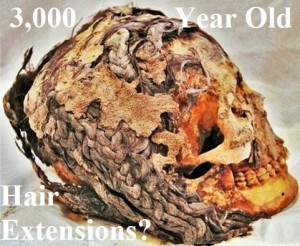

























 Take care of your body, it's the only
Take care of your body, it's the only

















